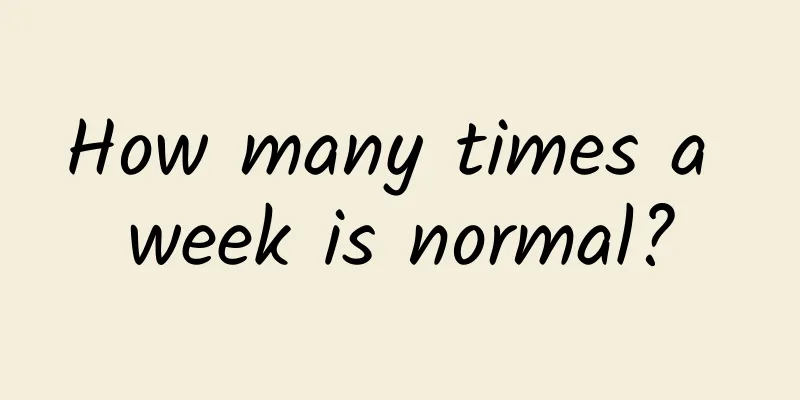The echogenicity of the thyroid lobes is uneven

|
The thyroid gland should be checked regularly because it may have many hidden problems. There are many ways to check the thyroid gland, including B-ultrasound. There are many problems with the thyroid gland, such as uneven echoes in both lobes of the thyroid gland. This is actually a sign of thyroid disease. So what's the matter with the uneven echoes in both lobes of the thyroid gland? The thyroid B-ultrasound echo is uneven. This is a description of the thyroid B-ultrasound's morphology. This uneven echo indicates that the thyroid may have some bad lesions. For example, if you have a thyroid tumor or thyroid cancer, you need to combine it with a thyroid function test to see if there is any accompanying hyperthyroidism or hypothyroidism. Furthermore, if we want to determine the nature of thyroid lesions, we can perform a pathological examination of the thyroid to see whether there are malignant cells or cancer cells. Pathological examination is the gold standard for diagnosing the nature of lesions. It is now widely used in clinical practice, and the false positive and false negative rates of diagnosis are relatively low. Uneven thyroid echo can generally be considered as the presence of thyroiditis, but it does not rule out the possibility that it may be caused by other thyroid diseases. Further examination is needed to make a clear diagnosis. It is recommended to go to the hospital for five thyroid function tests to see if it is caused by hypothyroidism or hyperthyroidism. If all five thyroid function tests are normal, it is considered to be caused by thyroiditis. Most benign nodules, that is, more than 90% of benign nodules and almost all malignant nodules are hypoechoic nodules. Hypoechoic nodules may be malignant or benign, so they are not necessarily malignant. However, hypoechoic nodules generally require further examination to determine whether they are benign or malignant. The most common type of thyroid inflammation is subacute thyroiditis. Subacute thyroiditis often presents with pain in the front of the neck on one side, which may then spread to the opposite side or radiate to the base of the ear and neck. The pain is also quite severe and may also be accompanied by fever, muscle pain, and fatigue. The main manifestations of suppurative thyroiditis are local thyroid enlargement and pain, and may also be accompanied by systemic fever, fatigue and other symptoms. Local tenderness is quite obvious, and if suppuration occurs, there may be a sense of fluctuation. |
<<: Why is it difficult to get pregnant with cold body
>>: How to treat men with cold body
Recommend
What to do if the cervical spine compresses the nerve
Cervical spondylosis is a very common disease. Us...
What should I do if I have a tumor on my waist?
Tumors on the waist are generally divided into be...
Can babies drink carrot water when they have diarrhea?
As parents, we should pay special attention to th...
What is latent nephritis and what causes it? What should we pay attention to?
With the accelerated pace of modern life, many di...
What is the cause of the small pimples on the foreskin?
The male genitals are very fragile and prone to s...
Why is it itchy and discharge yellow water down there?
The human body is often affected by many aspects ...
Sore throat, swollen lymph nodes
Colds and fevers are common diseases that people ...
Can mycoplasma infection be cured by taking medicine?
The best treatment for mycoplasma infection is an...
Can bee therapy cure cervical spondylosis?
Cervical spondylosis is a common disease. In toda...
Why do pimples appear on the scalp due to inflammation?
When we encounter unhappy things, the best thing ...
What to do if you have paronychia
The growth of toenails is very different from tha...
Causes of Hemorrhoids
Sometimes we don’t know where in our body we are ...
How to quickly eliminate acne between eyebrows
There are many reasons for acne between the eyebr...
Medicinal effects and functions of fruit leaves
Fruit leaves are the name of a Chinese medicine. ...
Facial vitiligo treatment
The skin disease of vitiligo can appear on any pa...









